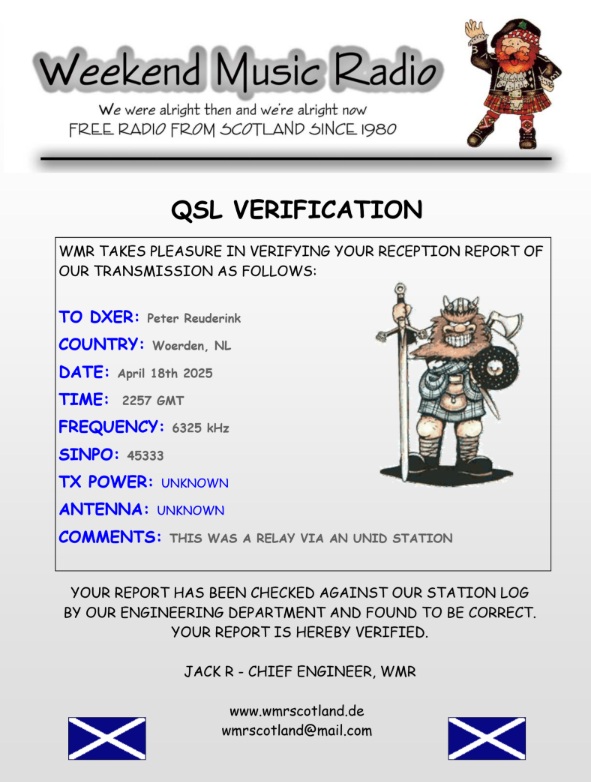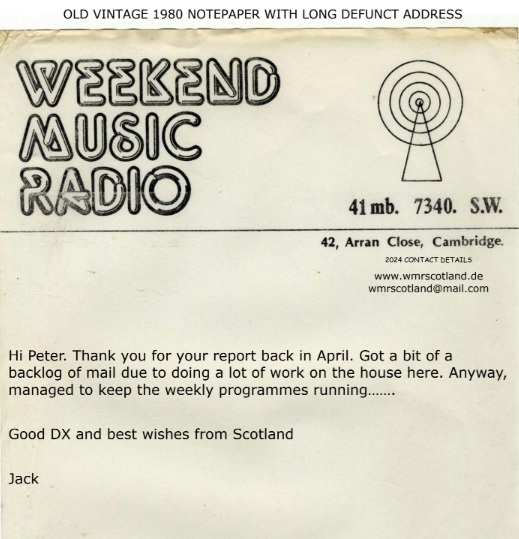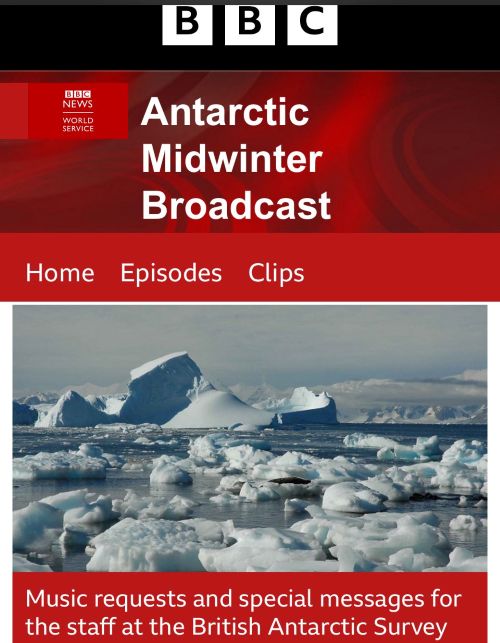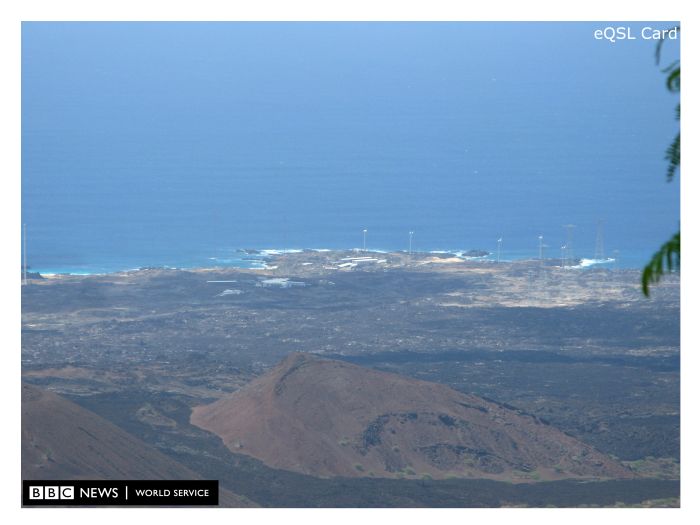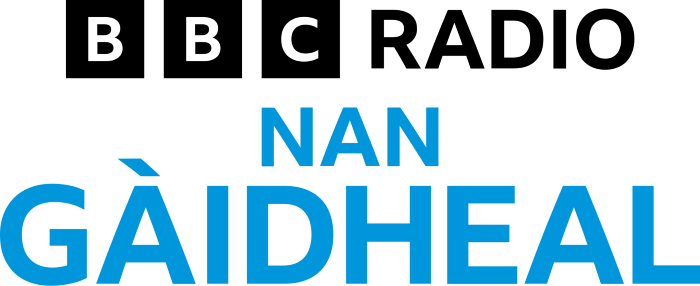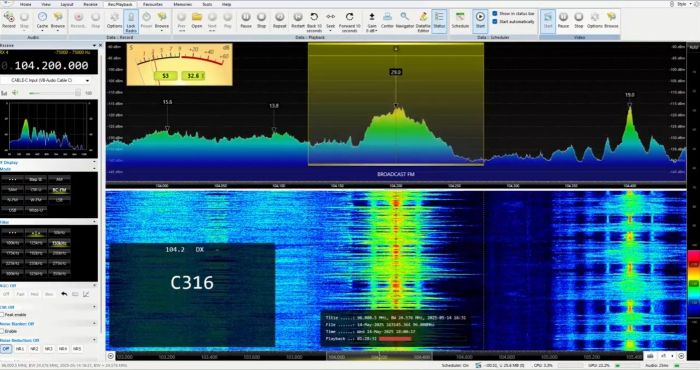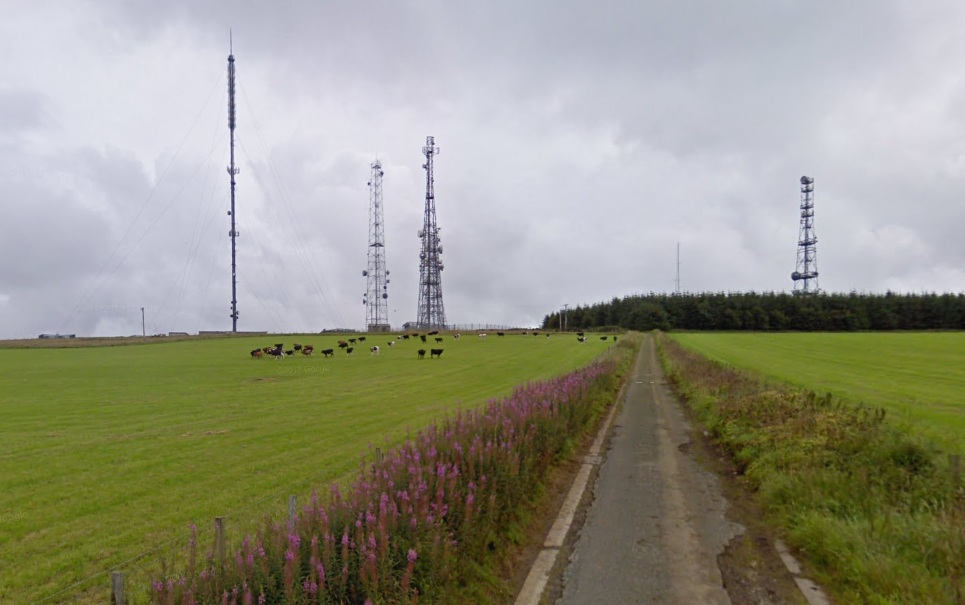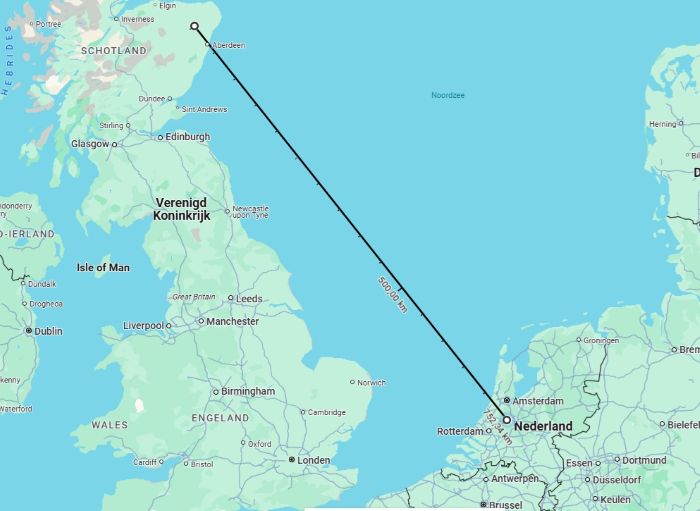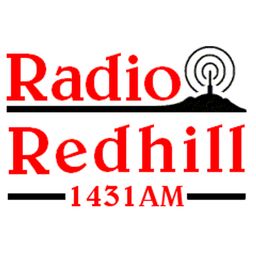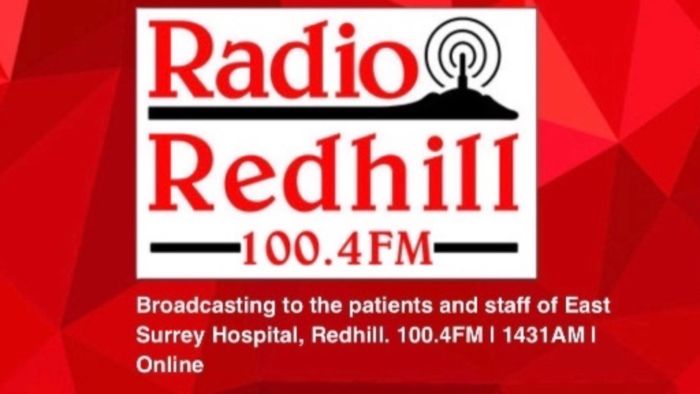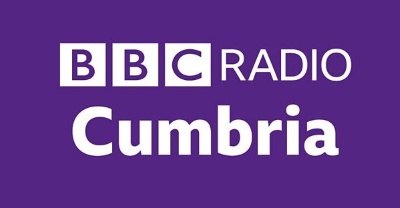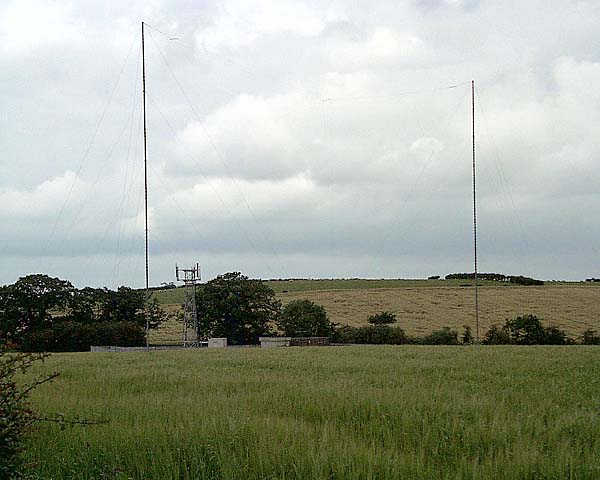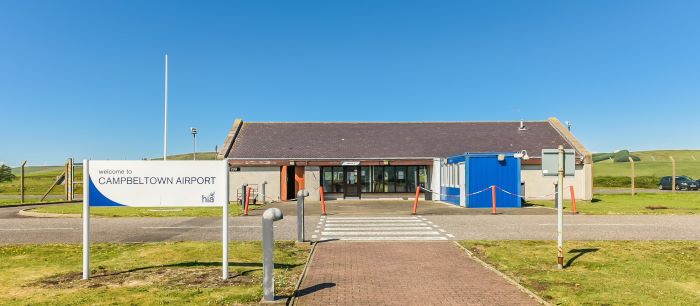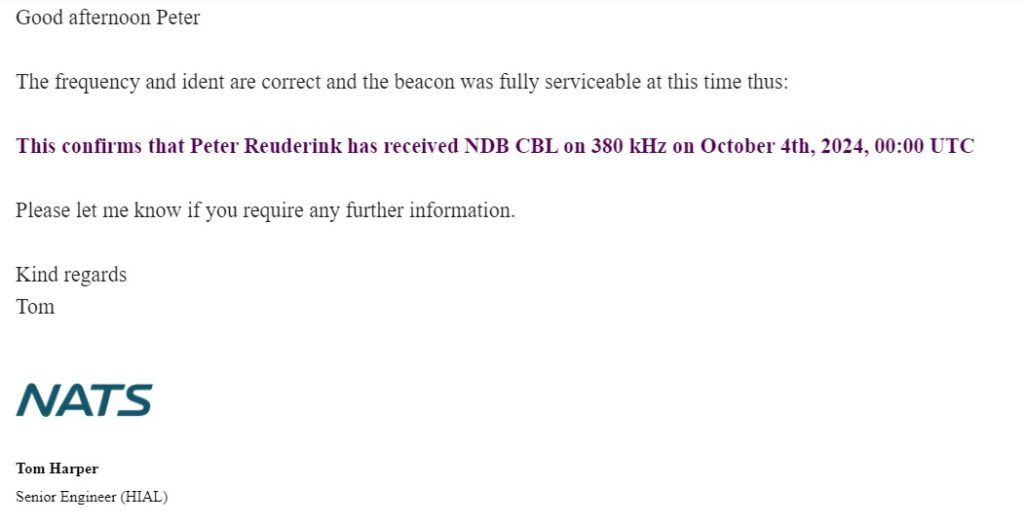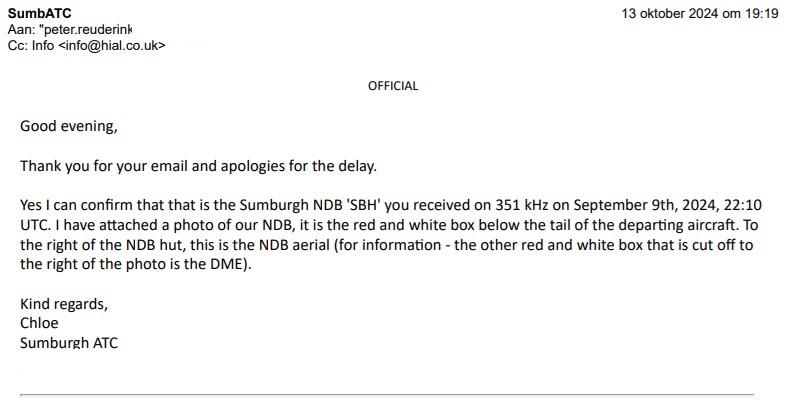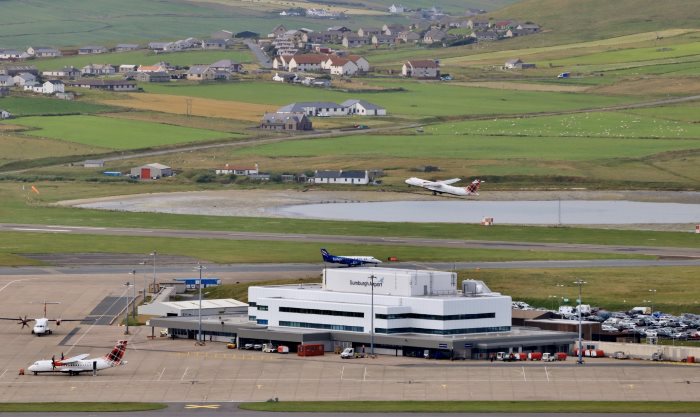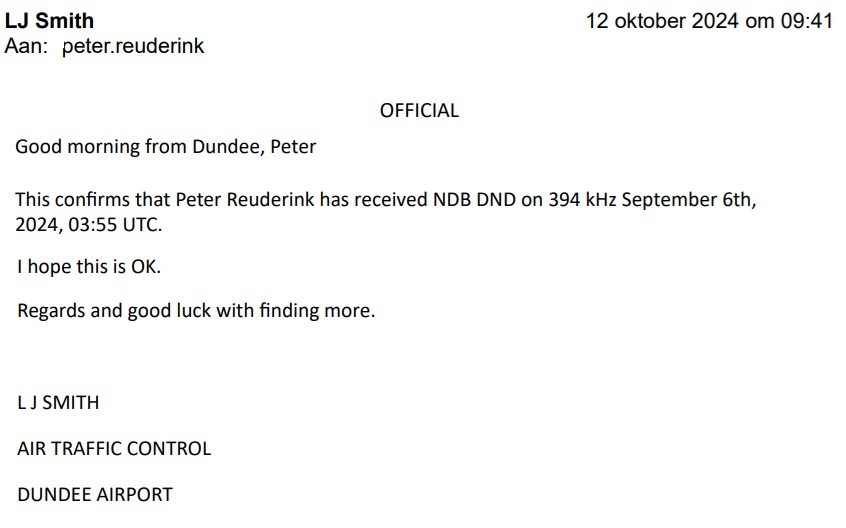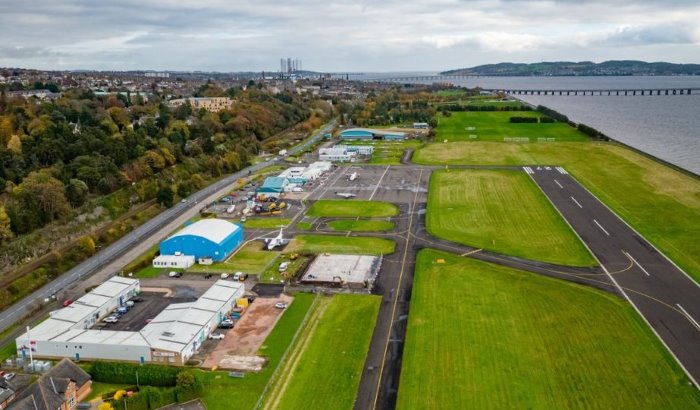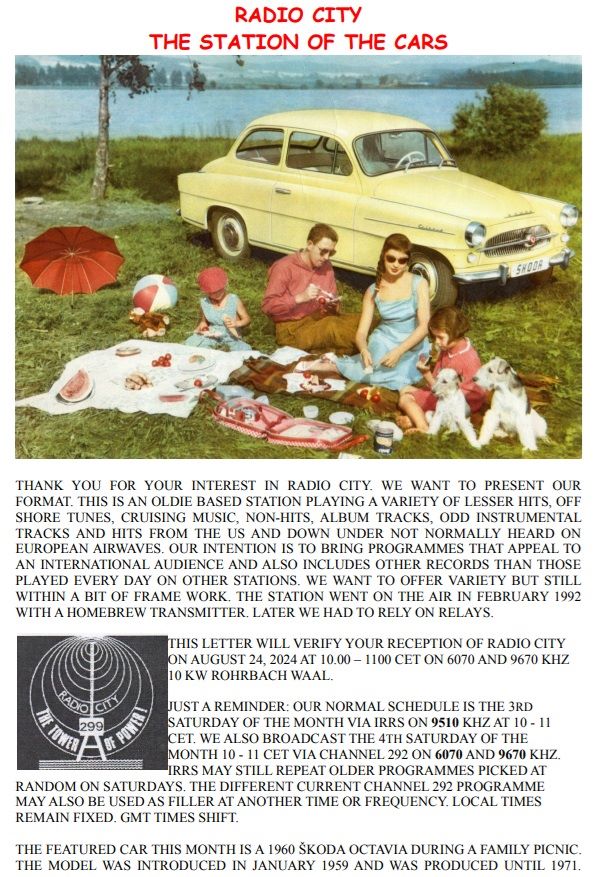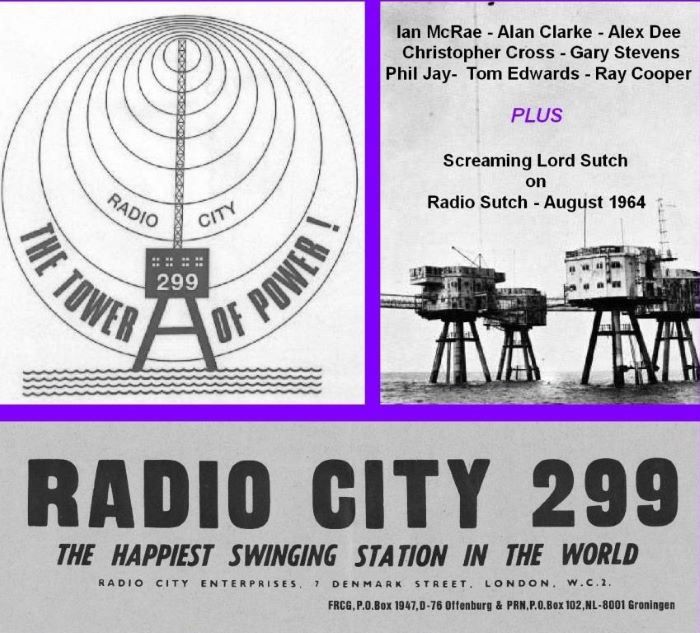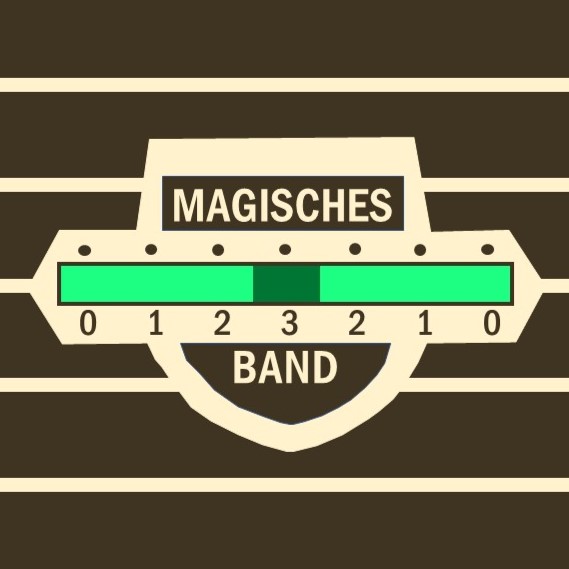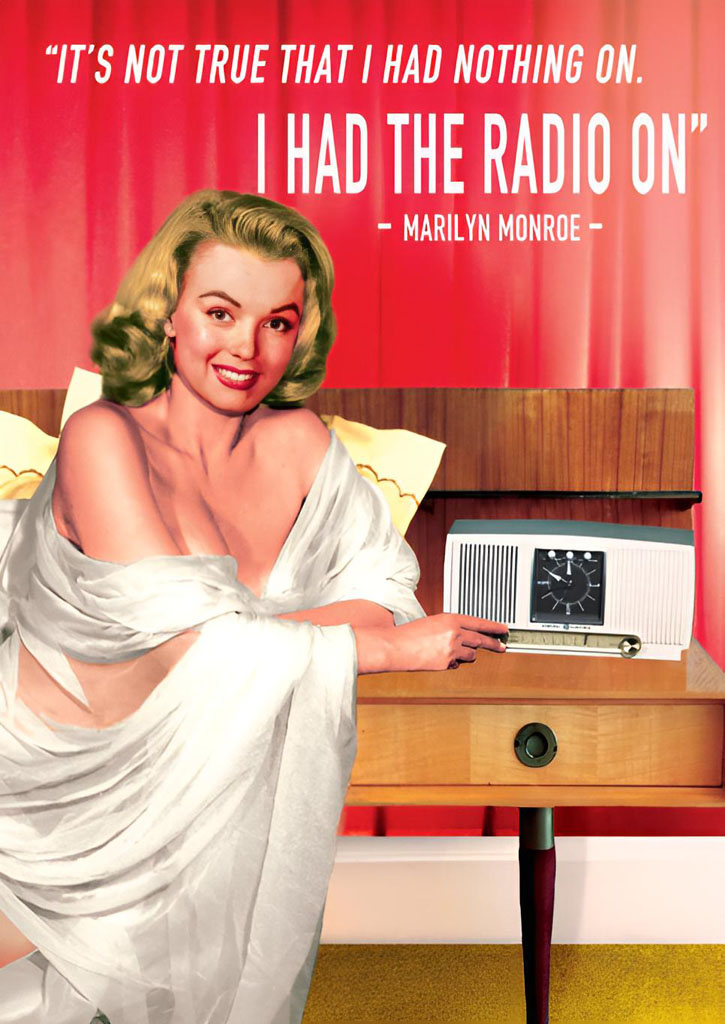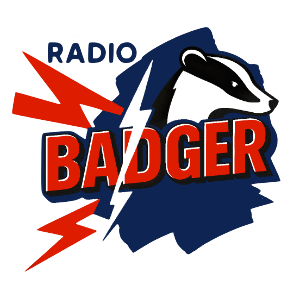
A very nicely designed QSL card from Radio Badger. A Free Radio Station on 6040 kHz from the UK. I think I saw the card somewhere and really wanted to add this one to my collection!
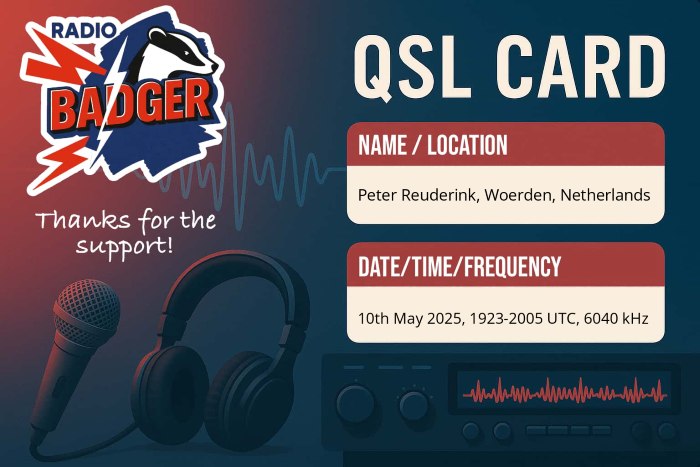
Reception was far from perfect, but I was able to copy a few songs (Shazam helped me big time) and with some effort recorded this ID… “Radio Badger”
Radio Badger has a very nice (and a bit funny) website radiobadger.co.uk . Check it out! They announce 6070 kHz as a frequency which might imply that they occasionally use Channel 292. But I never saw them in the Channel 292 program schedule. No problem, the website also offers a live stream as well so you can listen to their excellent music selection in stereo quality. Of course we DX-ers prefer the real short wave sound!
